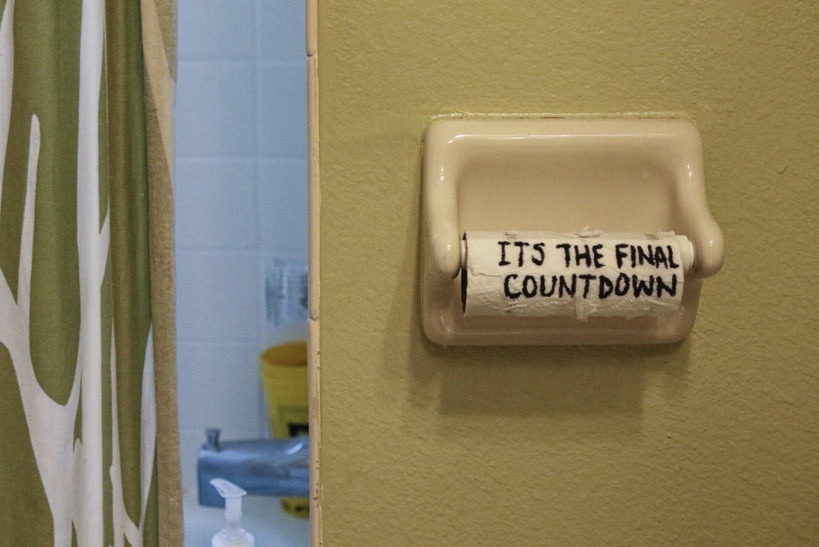As the world attempts to develop and increase the number of clean, environmentally friendly energy sources, Portland, Oregon is now using a very unique source of renewable energy: toilet turbines. What sounds crazy is actually a very innovative and overall great idea.
The theory behind the toilet turbine concept is actually quite simple. The turbines are placed in water pipes where water runs downhill. By using gravity and water pressure, the turbines turn when water flows past. Therefore, whenever there is a water discharge, such as when Portland citizens flush their toilets, the turbines produce electricity.
The CEO of Lucid Energy, Gregg Semier, invented and developed the toilet turbine and convinced Portland’s government to give it a chance. In the pilot program, the electricity generated by the toilet turbines was enough to pay for the project. Semier says that his creation is allowing him to follow his dream of “helping water become more sustainable” by using a “smart piping system.”
In addition to generating energy whenever someone runs a faucet or flushes a toilet, the toilet turbines also have first-of-their-kind sensors to detect any water pressure changes. This helps Portland’s water workers to prevent pipes from bursting. The sensors also have the ability to detect potentially contaminated drinking water.
Typically, large hydroelectric dams need to be constructed in order to tap into the renewable resource of water. However, these dams can kill fish and other marine life as well as damage entire ecosystems. Not to mention that they must be aesthetically pleasing so as not to anger neighbors and drive down property values. When wind energy is used, huge windmills are erected over thousands of acres, so they’re not optimal for flourishing communities.
The toilet turbine, however, avoids all of those pitfalls. They are relatively inexpensive to build and install and they are out of the public’s sight. Many of Portland’s residents likely have no idea that their toilet flushing is helping to generate power for their city.
Not surprisingly, Semier is thrilled with how his project is progressing. “It’s pretty rare to find a new source of energy where there’s no environmental impact. But this is inside a pipe, so no fish or endangered species are impacted. That’s what’s exciting.”
And, according to Semier, more municipalities are getting in on the action. “We have a project in Riverside, California, where they’re using it to power streetlights at night. During the day, when electricity prices are high, they can use it to offset some of their operating costs.”
Stay Connected